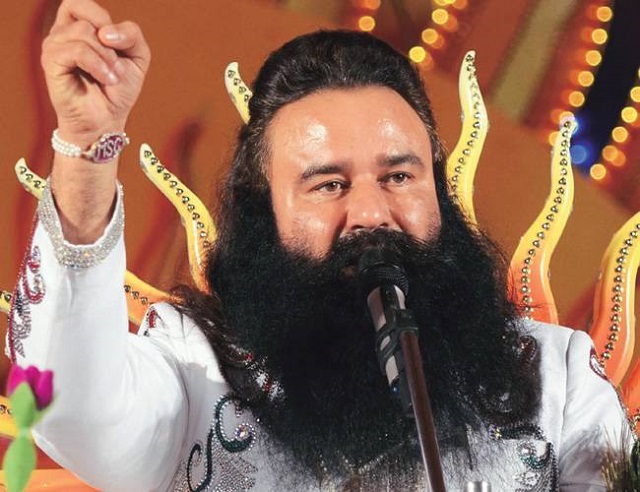
New Delhi, India | AFP | India’s self-styled “godmen” have legions of devoted followers but many are dogged by scandal and several have been charged or convicted of crimes.
The latest example is Gurmeet Ram Rahim Singh — known as the “guru in bling” — who was sentenced Monday to 10 years in prison for raping two of his female followers.
Gurus — often Hindu ascetics — have long played an integral role in the daily lives of many Indians, who believe their teachings provide a pathway to enlightenment.
But sceptics say some of the newer “godmen” are nothing more than confidence tricksters who use their often poor followers to win power, fame and riches.
Many lure supporters with free canteens, clinics and other services not provided by the state.
But experts point out that among their devotees are wealthy and educated Indians and say they also provide a sense of community and purpose in a rapidly changing country.
Here are some of the more famous godmen:
Rampal Maharaj
In 2014 Rampal Maharaj barricaded himself into his ashram, guarded by devotees armed with stones, petrol bombs and other weapons, after a court issued a warrant for his arrest on a series of charges including conspiracy to murder.
It was days before police were finally able to clear the giant complex and arrest the guru, who considered himself an incarnation of a 15th-century mystic Indian poet. Six people died during the siege.
Followers said the guru regularly bathed in milk, which was then used to make kheer, a sweet rice pudding that they believed could cure illnesses.
Ashutosh Maharaj
Devotees of Ashutosh Maharaj, who died in January 2014, are preserving his body in a freezer and insist he is in a deep meditative state.
The hugely wealthy founder of the multi-million dollar Divya Jyoti Jagriti Sansthan (Divine Light Awakening Mission) sect apparently died of cardiac arrest.
But his followers say he is in a spiritual state called samadhi and have kept his body in a freezer at his heavily guarded 100-acre (40-hectare) ashram in the northern state of Punjab.
One man who claimed to be his former driver has alleged that followers were refusing to release the body because they wanted a share of the guru’s assets.
Asaram Bapu
Asaram Bapu, a white-bearded guru who once condemned Valentine’s Day as encouraging young people to engage in “dirty acts”, is charged with several offences including rape, trafficking and sexual crimes against minors.
Police arrested him in 2013 after a 16-year-old girl accused him of raping her on the pretext of ridding her of “evil spirits”.
Hundreds of the 76-year-old’s supporters clashed with television news crews and police after his arrest. Since then at least three key witnesses have been shot dead.
In his preachings, he had urged followers to live a “pious life” free of sexual desires.
Swami Nithyananda
Indian guru Swami Nithyananda faces a series of assault and sexual abuse charges, although he has never been convicted.
Five women accused the 40-year-old of abusing them at his Hindu religious retreat in the southern state of Karnataka. He was held in jail for 53 days in 2010 after a sex video scandal.
When a local television station aired the footage purportedly showing him fondling two women, angry villagers attacked his ashram, where devotees practise yoga and follow spiritual teachings.
Nithyananda, who also operates a meditation centre in Los Angeles, has claimed to possess paranormal powers of levitation.
Sathya Sai Baba
Sathya Sai Baba was one of India’s most famous and widely followed spiritual gurus, known for his vast charitable empire.
When he died in 2011, he was given a state funeral attended by tens of thousands of followers, as well as then-prime minister Manmohan Singh and cricketing icon Sachin Tendulkar.
But his charitable trust was often criticised for lacking transparency. After his death 98 kilos (215 pounds) of gold, 307 kilos of silver and 115 million rupees (around $1.8 million) in cash were found in his private quarters.
At public meetings, his showman antics — in which he would miraculously produce gold coins or watches on stage — brought him both fame and notoriety, with critics accusing him of being a fraudster.
 The Independent Uganda: You get the Truth we Pay the Price
The Independent Uganda: You get the Truth we Pay the Price



